Lead pipe repair is possible without sweating the lead by using a lead loc connector. Sweating a lead pipe is illegal and should not be attempted. If you find your lead pipe is leaking you can easily repair it yourself by cutting the pipe and inserting a lead loc connector to cut out the piece that was leaking originally.
Lead pipe is often found in properties built before the 1930's and was used for gas and water services. With the introduction of electricity into most homes the gas that was used for lighting was rendered useless and in most houses it was removed. There are however still a large amount of properties in the UK that have their water supplied through a lead supply pipe. If possible it is best to get this pipe replaced as soon as possible due to the detrimental effects that lead can have on people (especially young children). Please see our page on lead pipe replacement for more information.
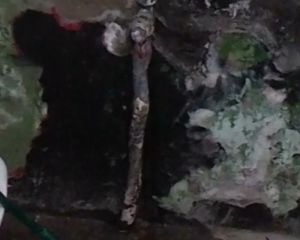
This is a traditional rising main in a terraced property that was built in 1901, this pipe is made from lead which was common practice before it was discovered that lead was poisonous and could severely affect peoples health.
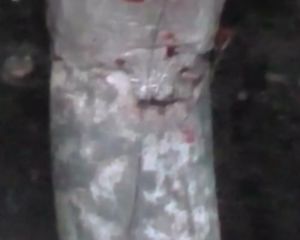
Just below the stop tap there is a small hole on the lead pipe and water is leaking from it. It is now illegal to try sweating the lead joint so that faulty pipe will need cutting out and replacing.
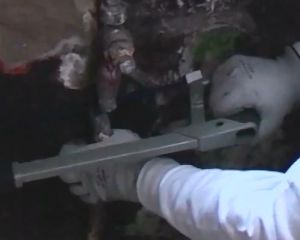
Start by isolating the water supply at the boundary to the property, this should mean that the water is no longer entering the property. You must be 100% certain that the water is isolated before continuing. You can then proceed to cut out the section of damaged pipe using a suitable saw.

This is a sectional view of the lead pipe. Take this piece with you to the plumbers merchants to ensure that you get the correct size lead loc fitting.
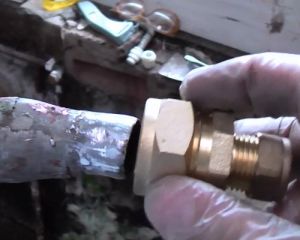
This is a lead loc fitting, this particular fitting allows it to connect to the lead pipe and then connect to a 15mm copper pipe. You can get several different variations for connecting lead to lead, lead to copper or lead to MDPE etc. The lead loc fitting is normally too small to fit on the pipe and so the lead requires shaving to reduce the diameter.
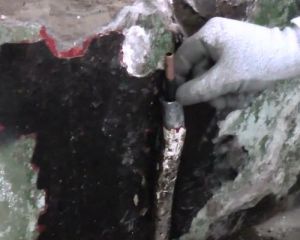
Place something into the pipe before you start shaving the lead to prevent lead shavings from dropping into the pipe.
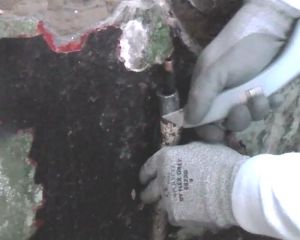
Wearing a pair of cut resistant gloves slowly proceed to shave small amounts of lead from the pipe until the thrust nut from the lead loc fitting will slide down the pipe.
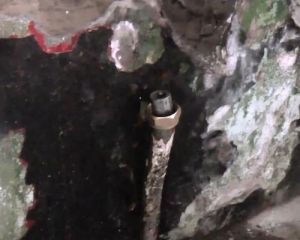
Try the thrust nut on the lead pipe to ensure it fits.
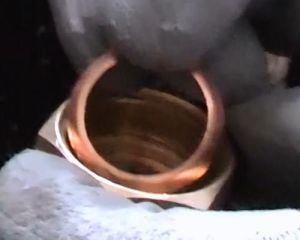
Now it is time to assemble the lead lock fitting. Firstly insert the grab ring into the thrust nut as shown in this picture.
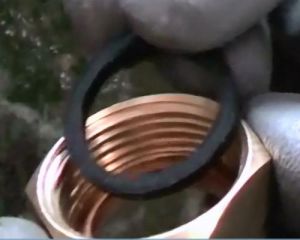
Now insert the flat plastic washer.
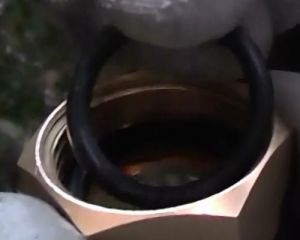
Then insert the O ring.
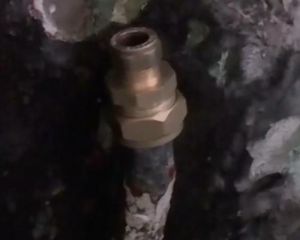
You can now screw the thrust nut onto the body of the lead loc connector.
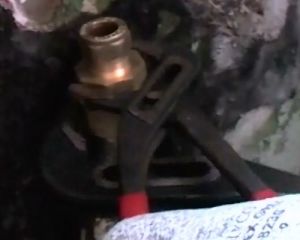
Ensure the fitting is pushed fully onto the pipe and then tighten the thrust nut using a suitable spanner or water pump pliers. Also hold the lead loc to prevent it from turning with another pair.
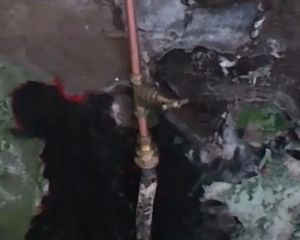
When tight you can connect up the copper pipe (or plastic pipe). You can now de-isolate the stop tap at the boundary to the property and check for leaks. It is essential that the pipe is now flushed fully for at least 10 minutes before use.



